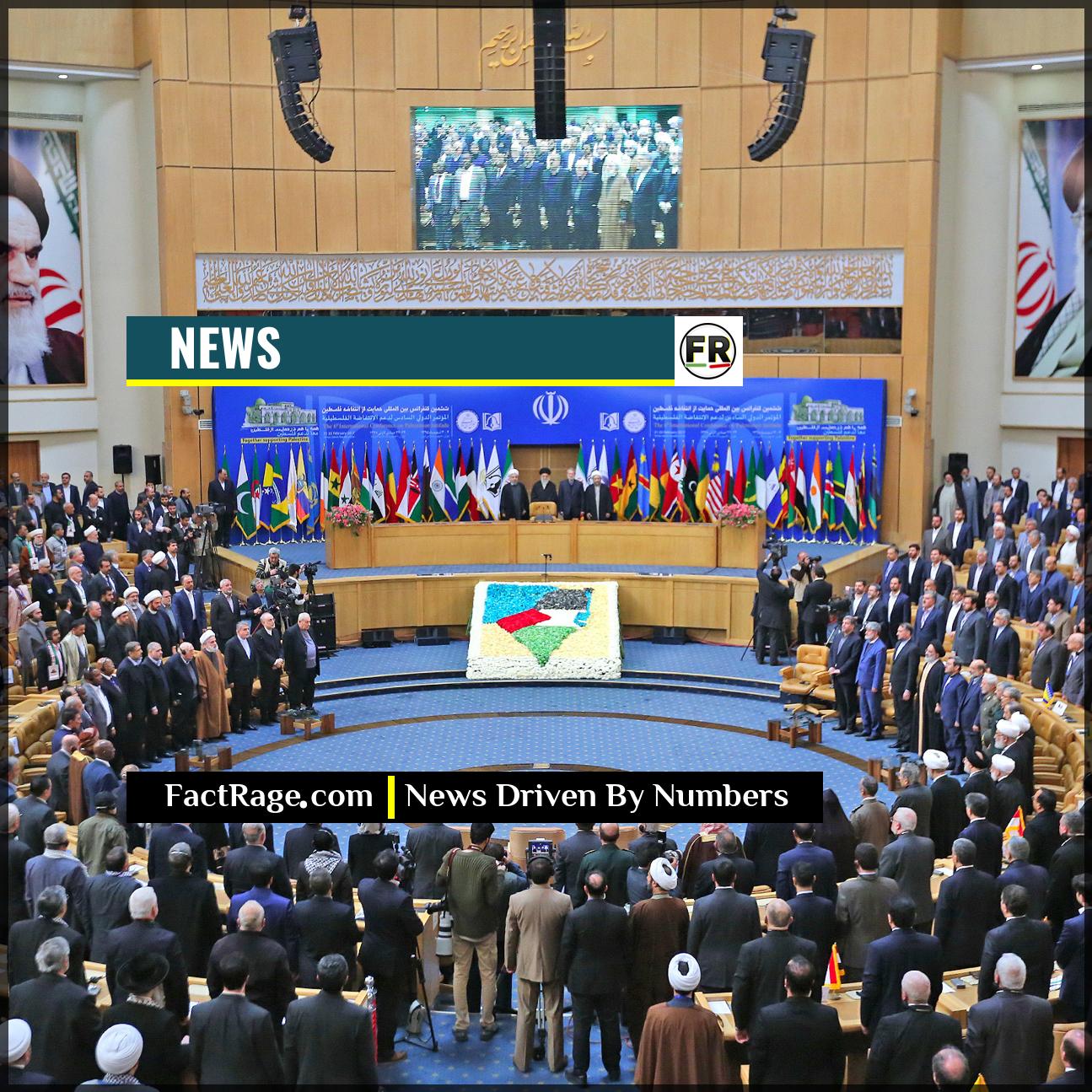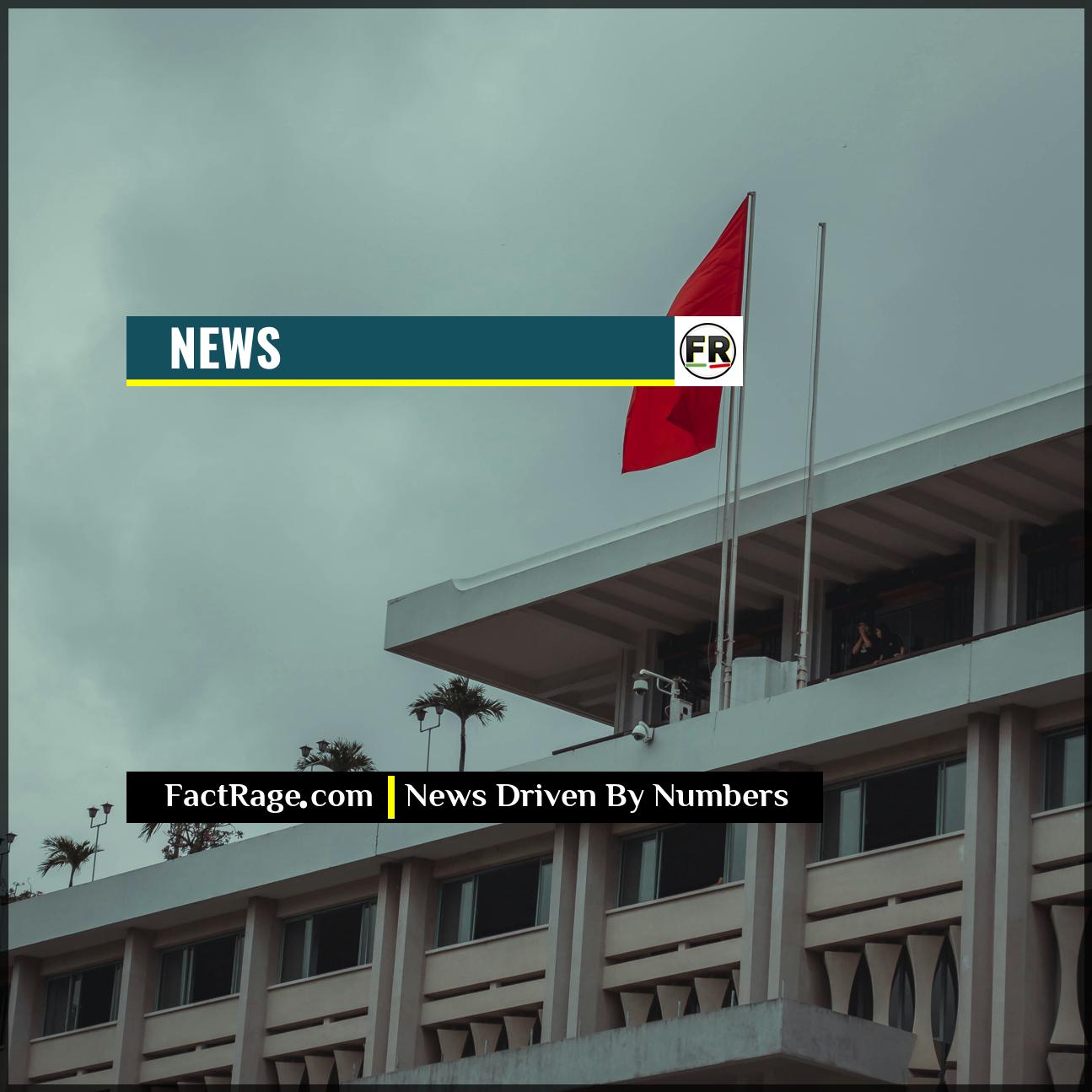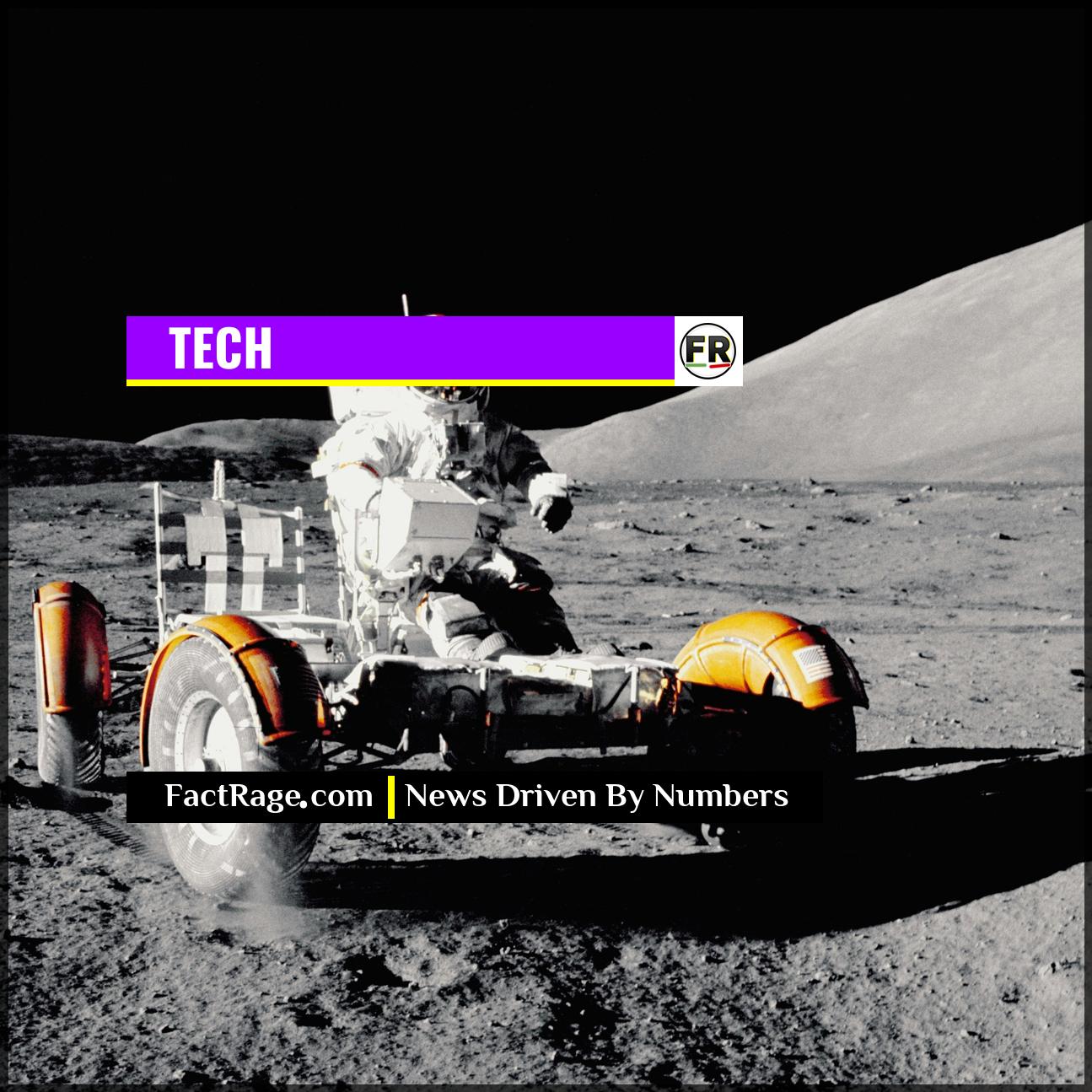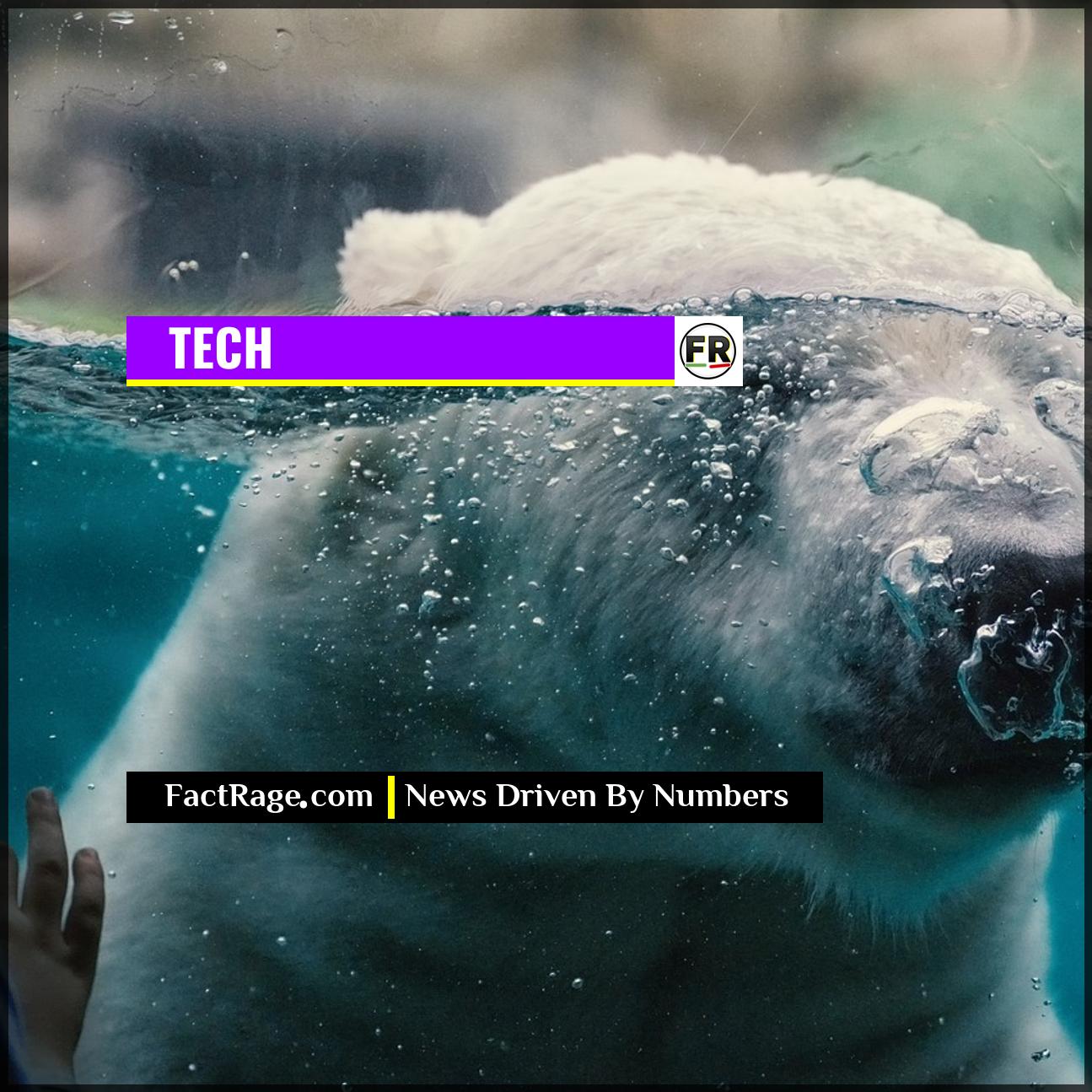FACTRAGE – A confluence of persistent health rumors, advanced age, and a dramatically altered political landscape has intensified global scrutiny on Iran’s Supreme Leader Ali Khamenei and the opaque process of choosing his eventual successor.
- Age and Health – At 86 years old and with a known history of health problems, any public appearance or absence by Khamenei fuels speculation about his condition and the country’s stability.
- Succession Uncertainty – The death of President Ebrahim Raisi in a 2024 helicopter crash removed a leading candidate to succeed Khamenei, leaving a power vacuum and heightening focus on other potential heirs.
- Geopolitical Stakes – The selection of the next Supreme Leader will critically shape Iran’s policies on its nuclear program, its role in the Middle East, and its relationship with Western powers for decades to come.
This heightened attention is not based on a single event, but rather a complex interplay of factors that have made the question of Iran’s future leadership more pressing than ever. Understanding these dynamics is key to deciphering the signals coming from Tehran.
The Mechanics of Succession
![]() Discussions about Iran’s leadership often get bogged down in rumor and speculation. To truly grasp the situation, we must look past the political theater and examine the institutional process itself. The established rules, the key players within the Assembly of Experts, and the immense ideological stakes are the facts that will ultimately determine Iran’s trajectory. Understanding this political machinery is the only way to decode what comes next for the region and the world.
Discussions about Iran’s leadership often get bogged down in rumor and speculation. To truly grasp the situation, we must look past the political theater and examine the institutional process itself. The established rules, the key players within the Assembly of Experts, and the immense ideological stakes are the facts that will ultimately determine Iran’s trajectory. Understanding this political machinery is the only way to decode what comes next for the region and the world.
Why Every Public Appearance is Now Under a Microscope
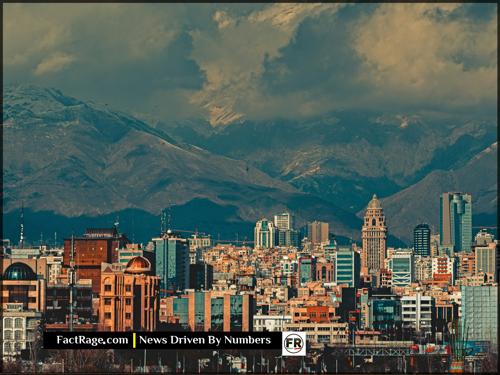
For a leader who has held ultimate authority in Iran since 1989, every public appearance by the 86-year-old Ali Khamenei is meticulously analyzed. In a centralized political system where official information on the leader’s health is scarce, observers are forced to look for clues. Khamenei’s 2014 prostate surgery is a matter of public record, but persistent, unconfirmed reports of other ailments have circulated for years.
This information vacuum means that foreign intelligence agencies, political analysts, and Iranian citizens alike parse his speeches not just for policy content, but for his tone of voice, posture, and stamina. A prolonged absence from public view can trigger a wave of international speculation, while a robust appearance can temporarily quell it. The environment makes it difficult to distinguish between genuine health concerns and deliberately planted rumors designed to test the political climate or discredit rivals.
How a Helicopter Crash Reshuffled the Political Deck
The official body tasked with selecting the next Supreme Leader is the Assembly of Experts, an 88-member council of clerics. For years, the consensus among analysts was that President Ebrahim Raisi, a hardline cleric and protégé of Khamenei, was a primary contender for the succession. His unexpected death in a May 2024 helicopter crash fundamentally reshuffled Iran’s political landscape.
Raisi’s removal from the chessboard has intensified the focus on other potential candidates, most notably Khamenei’s second son, Mojtaba. While he is believed to wield significant influence behind the scenes within the IRGC and the intelligence services, the 55-year-old Mojtaba holds no official government position. His potential elevation faces a significant ideological hurdle: establishing a hereditary succession would contradict the foundational principles of Iran’s 1979 revolution, which overthrew a monarchy. This move could prove deeply unpopular, even among the ruling elite.
The Tangible Stakes: From Nuclear Policy to Regional Power
The choice of Iran’s third Supreme Leader is not an abstract political exercise; it carries immense real-world consequences. The successor will inherit final authority over all matters of state, including the country’s controversial nuclear program and its assertive foreign policy in the Middle East.
A successor who rises from the hardline wing of the Islamic Revolutionary Guard Corps (IRGC) might pursue a more confrontational stance with the West and accelerate nuclear development. A different candidate, while still bound by the system’s core tenets, might see more value in diplomatic engagement to ease crippling economic sanctions. The next leader’s approach to domestic issues, from internet freedom to women’s rights, will also shape the future of internal dissent and the government’s relationship with its large youth population. The selection will send a powerful signal about Iran’s trajectory, impacting the balance of power in the Middle East and global security for decades.
The Succession Equation
![]() Ultimately, the question of Iran’s next Supreme Leader is a political equation with global variables. It combines the internal machinations of a deeply opaque clerical establishment with the immense external pressures of sanctions and regional rivalries. The choice made by the Assembly of Experts will not be a simple coronation, but a complex calculation of power, ideology, and national interest. The answer to this equation will dictate the trajectory of the Middle East and define Iran’s role on the world stage for a generation.
Ultimately, the question of Iran’s next Supreme Leader is a political equation with global variables. It combines the internal machinations of a deeply opaque clerical establishment with the immense external pressures of sanctions and regional rivalries. The choice made by the Assembly of Experts will not be a simple coronation, but a complex calculation of power, ideology, and national interest. The answer to this equation will dictate the trajectory of the Middle East and define Iran’s role on the world stage for a generation.

